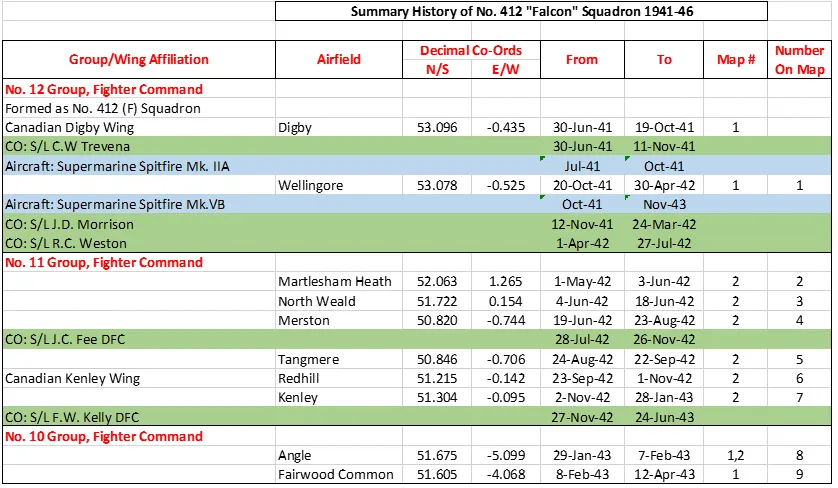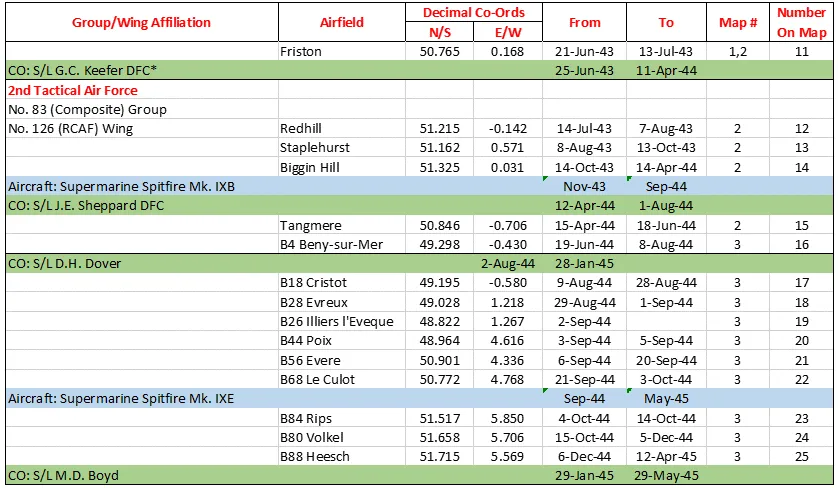North American Mitchell B-25 B-25D B-25J

Canadian Warplane Heritage Museum
The North American B-25 Mitchell is an American medium bomber that was introduced in 1941 and named in honor of Major General William "Billy" Mitchell, a pioneer of U.S. military aviation. Used by many Allied air forces, the B-25 served in every theater of World War II, and after the war ended, many remained in service, operating across four decades. Produced in numerous variants, nearly 10,000 B-25s were built.
The North American B-25 Mitchell was flown by the RCAF during and after the Second World War. The RCAF flew the B-25 Mitchell for training during the war and continued flying operations after the war, in Canada with most of 162 Mitchells received. The first B-25s had originally been diverted to Canada from RAF orders. These included one Mitchell Mk. I, 42 Mitchell Mk. IIs, and 19 Mitchell Mk. IIIs. No 13 (P) Squadron was formed unofficially at RCAF Station Rockcliffe in May 1944 and flew Mitchell Mk. IIs on high-altitude aerial photography sorties. No. 5 OTU (Operational Training Unit) at Boundary Bay, British Columbia and Abbotsford, British Columbia, operated the B-25D Mitchell in a training role together with B-24 Liberators for Heavy Conversion as part of the BCATP. The RCAF retained the Mitchell until October 1963.
No. 418 (Auxiliary) Squadron received its first Mitchell Mk. IIs in January 1947. It was followed by No. 406 (Auxiliary), which flew Mitchell Mk. IIs and Mk. IIIs from April 1947 to June 1958. No. 418 Operated a mix of Mk. IIs and Mk. IIIs until March 1958. No. 12 Squadron of Air Transport Command also flew Mitchell Mk. IIIs along with other types from September 1956 to November 1960. In 1951, the RCAF received an additional 75 B-25Js from USAF stocks to make up for attrition and to equip various second-line units.. Wikipedia and Harold Skaarup web page
CASPIR Aircraft Groups:
RCAF On Strength (164), Canadian Aircraft Losses (73), Canadian Ferried (5)Mitchell Mk. 3PT / 3ST 5220
Ex USAF B-25J-30/32-NC, serial number 44-86729. To storage with Training Command at RCAF Station Saskatoon, Saskatchewan on 21 November 1951. To Advanced Flying School at Saskatoon on 7 January 1952. To North West Industries in Edmonton, Alberta 2 November to 19 December 1952, for modifications and major inspection. To Training Command when completed, delivered to No. 1 Advanced Flying School at Saskatoon by No. 129 (A&F) Flight on 22 April 1953. Fitted with solid nose, highly polished finish, and VIP interior from 6 September 1956, at No. 6 Repair Depot at Trenton. Operated by No. 412 (T) Squadron from RCAF Station Uplands from 9 October 1956. To Bristol Aerospace in Winnipeg for fitment of dual ARN6 radio compasses, back to 412 Squadron on 20 June 1957. Redesignated Mk. 3ST on 17 March 1958. To Bristol again, back to 412 Squadron on 16 January 1959. To No. 6 Repair Depot for wiring modifications, back to 412 Squadron on 23 September 1959. Destroyed during crash landing at Milwaukee, USA following propeller run away on 19 April 1960. All 6 on board killed, including A/C J.G. Stephenson OBE, AFC, CD..
1951-11-21 Taken on Strength No. 6 Repair Depot 2019-08-20
1960-06-15 Struck off Strength Struck off at crash site, see comments 2019-08-20





 Aviation Safety Network
Aviation Safety Network Find-A-Grave.com
Find-A-Grave.com Ottawa, Ontario
Ottawa, Ontario




 Mitchell Bomber
Mitchell Bomber Wikipedia Mitchell Bomber
Wikipedia Mitchell Bomber





